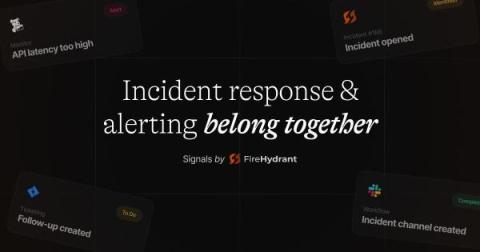Operations | Monitoring | ITSM | DevOps | Cloud
Latest News
Canonical joins Open Networking Foundation
Formalize your organization's best practices with custom Scorecards in Datadog
The Datadog Service Catalog is a centralized hub of information around the performance, reliability, security, efficiency, and ownership of your distributed services. By using the Service Catalog, teams can eliminate knowledge silos and realize seamless DevSecOps workflows.
ITIM and the Public Sector: How Network Monitoring Rises to the Challenge
Government agencies and public sector organizations are a tantalizing hacker target. Cybercriminals go after public sector organizations because they hold confidential, often classified, information – the exact data state-sponsored and other criminal groups salivate over. The Cybersecurity and Infrastructure Security Agency, or CISA, along with the United States Computer Emergency Readiness Team, or CERT, have warned public sector IT of key threats.
5 AWS Tagging Challenges - And How CloudZero Solves Them
Software Development Life Cycle: Day 1 Best Practices
Azure Service Bus Monitoring and Alerting
Downsampling & Aggregating Metrics in Prometheus: Practical Strategies to Manage Cardinality and Query Performance
Solving Common System Center Orchestrator Problems
Sometimes, when building Runbooks in Orchestrator, it can feel like you’ve hit a dead end with no way to achieve the functionality or automation you require. For newer users, Orchestrator can be daunting because it is a completely blank canvas; there are no sample runbooks included or out-of-the-box automations. In addition, with a shift in focus to cloud automation, there is limited guidance and ‘how to’ advice available to help users.
Captains Log: A first look at our architecture for Signals
Welcome to the first Signals Captain’s Log! My name is Robert, and I’m a recovering on-call engineer and the CEO of FireHydrant. When we started our journey of building Signals, a viable replacement for PagerDuty, OpsGenie, etc, we decided very early that we would tell everyone what makes Signals unique, and what better way than to tell you how we’re building it (without revealing too much 😉). Let’s jump in.











